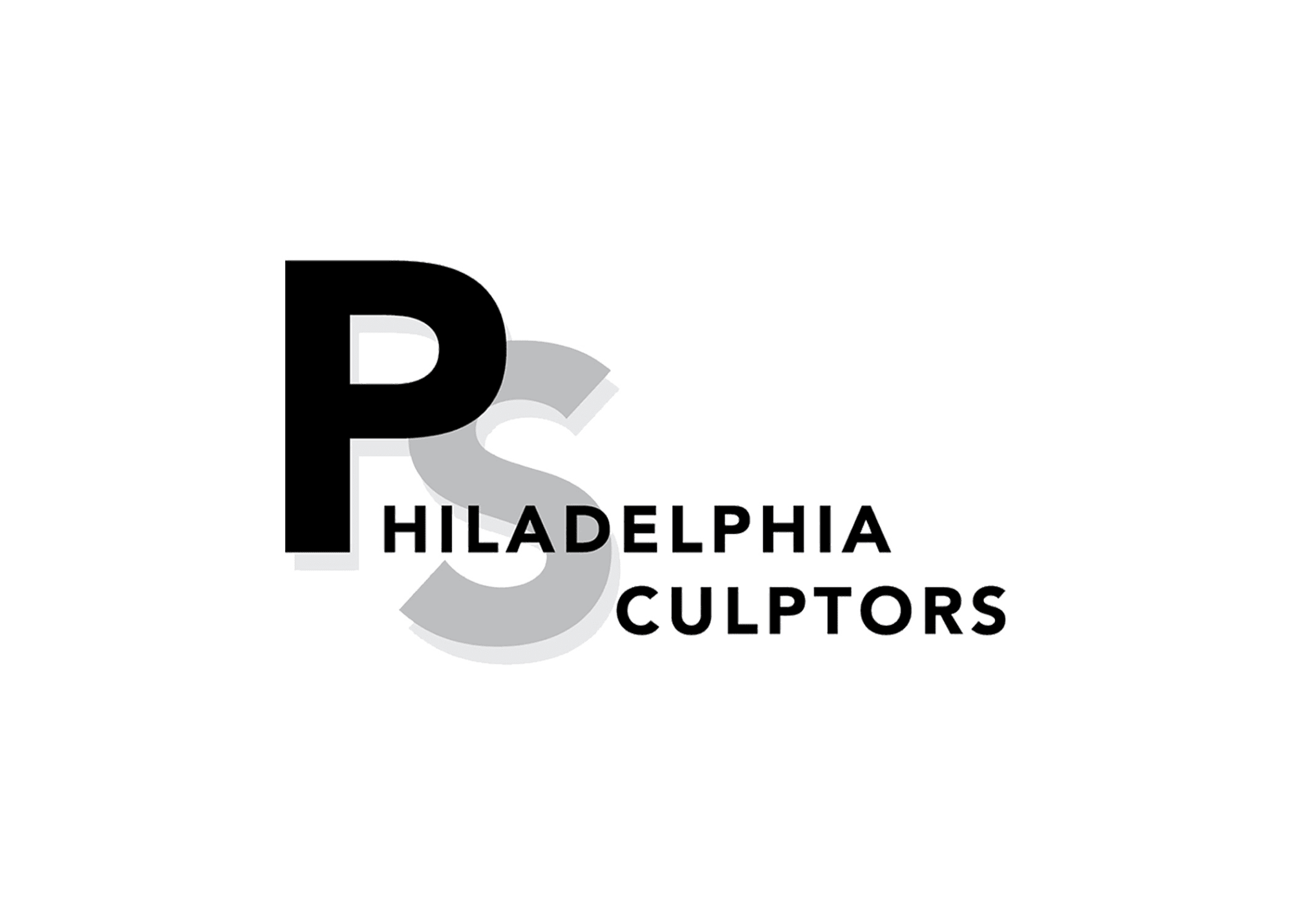-
Artworks
2025 PAST/PRESENT/FUTURE
On June 1, 2025 we partnered with Philadelphia Sculptors to host an afternoon of art, conversation, and community. The event's highlight was a fast and fun Pecha Kucha where participating artists introduced themselves and their work to new audiences. As a founding board member of Philadelphia Sculptors, Dina would have loved this day dedicated to celebrating art and creativity ~
2019 FLOW
Philadelphia Sculptors, together with the Dina Wind Art Foundation, collaborated with the Independence Seaport Museum to sponsor Flow, an exhibition of floating sculptural installations.
Five juried artists, along with five invited artists previously selected, interpreted the river and how it affects, and is affected by, human and natural history; human and natural migrations; climate change and the environment; economic development; and political currents.
2016 Dina Wind Lecture Series:
Judy Pfaff Full Circle
Philadelphia Sculptors is honored to feature noted installation artist and cultural icon Judy Pfaff in our second event of the annual Dina Wind Lecture Series. Entitled Judy Pfaff Full Circle, her presentation will be an exploration of her career and the development of her practice. Once again hosted by the Pennsylvania Academy of the Fine Arts, the lecture will be free and open to the public with no registration necessary.
Best known for her sculptural and architectural installations, Judy Pfaff creates dynamic, immersive environments that merge painting and sculpture through the use of innovative materials and processes. Born in London, England, Judy Pfaff received a BFA from Washington University, Saint Louis (1971), and an MFA from Yale University (1973). Ms. Pfaff has been the recipient of numerous awards and fellowships, including the Academy Member Fellowship, American Academy of Arts & Sciences (2013); Anonymous Was A Woman Award (2013); MacArthur Fellowship (2004); Guggenheim Fellowship (1983); National Endowment for the Arts grants (1979, 1986); member, American Academy of Arts and Letters. Ms. Pfaff has had numerous solo exhibitions and group shows in major galleries and museums in the United States and abroad throughout her career as well as commissions. Her work is in the permanent collections of Museum of Modern Art, Whitney Museum of American Art, Brooklyn Museum of Art, Detroit Institute of Arts, and others.
2015 Dina Wind Lecture
Artful Sustainability: How Artists are Using Social Practice to Engender Environmental Stewardship
“Artful Sustainability” presents an exploration of artist-designed, innovative environmental projects across the country. Using case studies from Austin, TX, Seattle, WA, Philadelphia and New York City, the panelists show how artists use social practice models to provide out-of-the-box approaches to ecological challenges. Emphasis is on how art functions in engaging the community, especially in urban settings. Artists are reaching far outside the gallery to fully participate in the urgent issues confronting humanity today.
Carrie Brown has an extensive public art background, and prior to coming to Austin, managed public art projects for the Los Angeles County Arts Commission’s Civic Art Program and was a a lead contributor to the artist training academy, Making It Public, sponsored by the Public Art Coalition of Southern California. She has managed public art projects for the cities of Mesa and Glendale, in Arizona and also worked on the state’s first light rail system which incorporated artwork from 28 artists.
Lucy Begg’s background is as an architect and is Co-Director of Thoughtbarn, a building design studio also located in Austin. She has worked on projects including net-zero housing developments, private homes, hotels, retail fit-outs, a school refurbishment, a recycling facility and a screened porch addition to a mobile home. She has developed participatory design methods and continues her ongoing effort to fuse architectural practice with public interest and advocacy work.
Nicole Kistler creates interactive art and landscapes that help connect community members to the places where they live. She has over 12 years of experience managing large-scale public art, arts planning, public involvement, and landscape design projects, with work shown in Washington, New York, and Arizona. She is currently the City of Seattle’s first Urban Agriculture Artist-in-Residence.
Mary Mattingly is an artist based in New York whose work merges performance, sculpture, photography and architecture to address issues of sustainability and environmental communities. Philadelphians may be familiar with her floating sculpture “WetLand,” moored at the boat basin at Penn’s Landing during summer 2014. Its distinctive look (including gardens and chicken coops) marked it as something more than the sinking house that inspired its design. Constructed to explore resource interdependency and climate change in urban centers, it became a mobile habitat and active public space that engaged members of many local communities.

